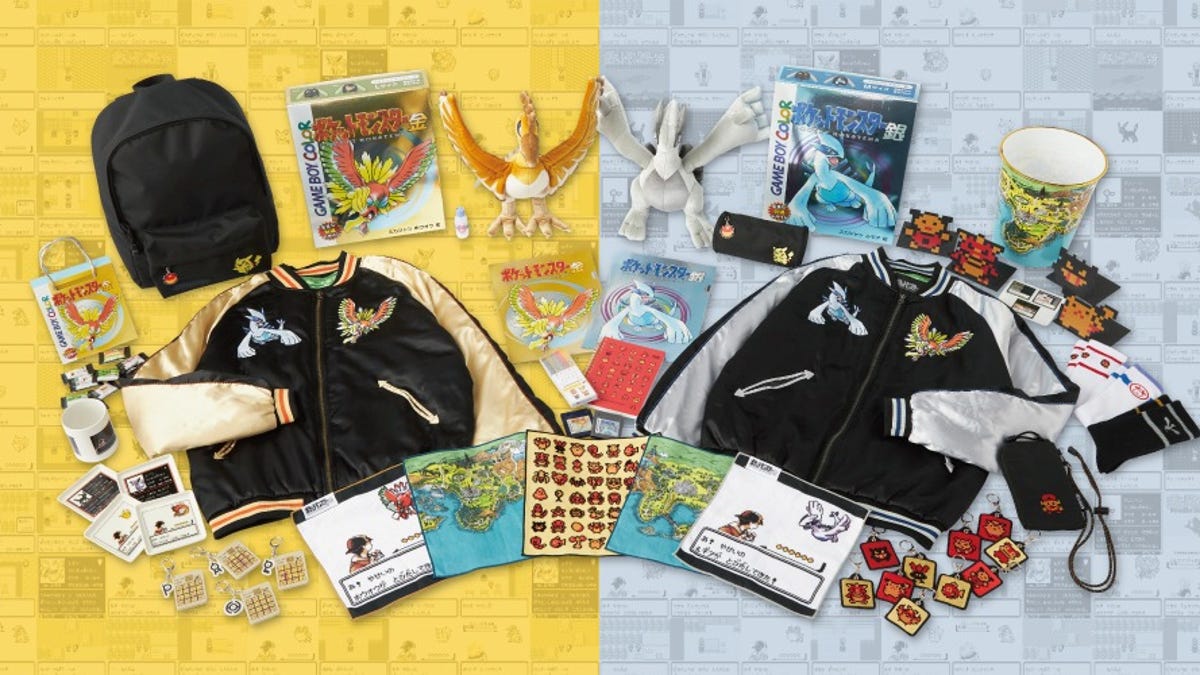I went to Live A Live expecting the time capsule experience of rediscovering a long-lost Super Nintendo RPG by Takashi Tokita, one of the creators of Chrono Trigger and Final Fantasy IV – two of the greatest games of all time. While Live A Live’s design roots stretch back to 1994, little about it feels classic. The colorful, pixelated characters cry out for that era, but most of the gameplay is inventive, modern, and delightfully silly (and at times frighteningly mundane).
It’s unlike anything else out there, delivering an unpredictable and joyful adventure that changes its narrative and gameplay foundation every few hours. I left this strange game, overwhelmed by its diversity, not knowing what would happen next, both in story and in game.

Square Enix creates a unique pulse within seconds of starting the game by dropping the player onto a character selection screen with no indication of the overall direction of the narrative. Here, the player must choose their first angle on a cross-generational mystery from a cast of seven characters, each occupying a different time epoch. From a cave dweller battling dinosaurs in the early prehistoric days to a robot lost in the cosmos in the distant future, each protagonist explores an entirely different story path, aided by just as many gameplay changes. All seven chapters are airy and last a few hours at most, but are long enough to provide interesting origin stories for each character. Think of them as short stories that go somewhere.
Expect the unexpected every time you choose a character. In prehistoric times, mankind has not yet learned to speak, so the entire story is pantomimed, often delivering a great deal of humor through overly exaggerated expressions. In today’s scenario, the story unfolds in a fighting game format, complete with a ladder of enemies and a final boss at the top. In the near future chapter, the character can read minds, taking NPC interactions to new heights and adding a fun superhero vibe to the story. I have to warn that the humor throughout the game goes well beyond what you would expect, including a comedic sequence where you click your way through two lovers’ moans. All timelines are themed achievements that unfold through beautifully rendered graphics using the same HD 2D style used by the development team for games like Octopath Traveler and Triangle Strategy.

The Wild West scenario, where the player controls a Clint Eastwood-esque drifter to save a town from a bandit incursion, has all the elements that work. The characters are fun to follow, the humor is excellent (and irreverent), well worth exploring, and the gameplay is fun. After meeting the townsfolk, you scour their homes and shops for supplies to build traps, assigning their creation to the people you encounter hoping they can hire it before a timer hits zero. If you choose your tasks correctly, the functioning traps will limit the number of bandits you fight. This chapter’s combat features a fun mix of boss fights, most of which have a “high noon patch” intensity.
The Wild West chapter is by far the best, but most are fun even if they stumble into unique gameplay executions. Running across the rooftops as a ninja in feudal Japan, for example, is invigorating, but the bewildering design of this sprawling open space leads to unwanted flinching and general uncertainty about where to go next. Luckily, the ninja’s unique invisibility ability limits the number of encounters if he is lost.
Ups and downs are also present in the distant future scenario. Figuring out why people die on a space station is a great storyline, but unfortunately it drives you to ride the elevator way too many times to uncover the mystery. Given your short time with each scenario, the irritations aren’t very stinging, allowing the great content to bubble to the surface and stay with you as you move on to the next chapter.
Some chapters have open areas to explore. Others don’t. Some stories lean heavily towards combat. Others limit it to one or two battles. Some encounters are random. Others are not. I can’t overstate how fun it is to discover what each scenario offers. Combat’s overall design is the only gameplay element that is the same in every chapter. Leveraging a turn-based grid system, Live A Live urges the player to be strategic when using certain attacks, abilities, and items.
Even if you only spend a few hours with each main character, there are good reasons to level them up and give them better gear. Bosses are no joke and can make short work of an underleveled character. Each level grants a character a new attack or ability and stat boosts across the board. For example, if you don’t reach level four in an area, you might not get a useful healing ability or an attack that exploits a boss’s vulnerability. This design encourages thorough exploration and pushes you to take on any enemy. You spend most of your time walking and talking, but the form and pace are quite different in each scenario.
What happens after completing all seven chapters? This is another big mystery that kept me playing late into the night. I will say that the payoff is well worth it, both for the additional gameplay that unfolds and for how the narrative pulls together the threads in a mystical or sci-fi way. With that in mind, the final chapter offers players choices, so make sure you save the game before starting it so you can revisit it later to see how it changes.
We’ll never know how Live A Live would have fared back in the States. Flash forward almost three decades and I cannot recommend this revived relic enough. It is so good. This is another must-play Switch RPG that entertained in a way I wasn’t expecting and kept me glued to the screen for well over 20 hours.








